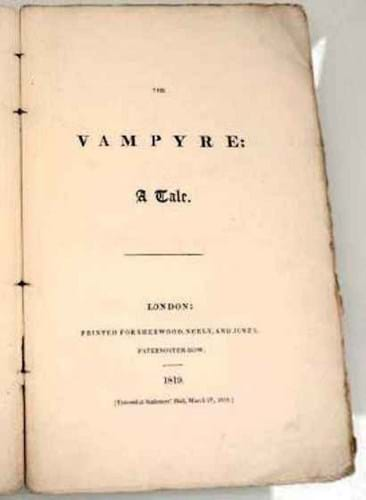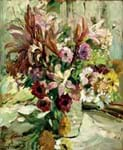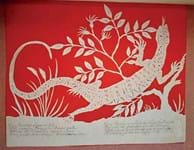
An 1819, second state copy of John Polidori’s The Vampyre sold to an online bidder for £3800 in a January 23 auction held by TW Gaze (18% buyer’s premium) of Diss.
Published by Sherwood, Neely and Jones, this was a copy in which Byron’s name, rather craftily associated to the work to boost sales, has been removed.
Colburn & Co, publisher of the now exceptionally rare first issue, had initially planned to directly describe it as the poet’s work as a way of boosting sales, but then modified it to appear as if he had related the tale to Polidori.
Byron very quickly and forcefully disowned the book and the revised version seen in the Norfolk sale was issued instead.
As physician to Byron at the time, Polidori had been present at that famous gathering at the Villa Diodati near Lake Geneva where a challenge to come up with a horror story most famously led to the birth of Mary Shelley’s Frankenstein.
This Vampyre nevertheless gained added appeal in bearing the black book label of a famous collector and bibliographer, Michael Sadleir. It also contained a loosely inserted description of the book from a 1932 Pickering catalogue, where it had been priced at eight guineas – one that also bore Sadleir’s brief annotation.
Uncut in the original brown paper wrappers, now slightly worn and lacking the advertisement leaves, it also featured on the upper wrapper the ownership signature of “Jane Blackburn, Knowlsley[?] 1819”.
Only one of those exceptionally rare original issues has made more at auction – £4500 at Sotheby’s in 2013.
Stoker inscription
Signed and inscribed for his wife was a UK first of Bram Stoker’s 1910 book on Famous Impostors that also contained three leaves from a tree in the writer’s garden.
Along with two other items that had Florence Stoker as their provenance, a posthumously published 1914 collection of his short stories called Dracula’s Guest and other Weird Stories and an 1865 edition of Tennyson’s Idylls of the King, it sold on thesaleroom.com for £2800.
Bid online to £1800 was a lot headed by a 36pp edition of a play called The Vampire; or, The Bride of the Isles.
First performed at London’s Theatre Royal in 1820, it was a melodrama by James Robinson Planche, who over a long career wrote or adapted some 175 plays of all types. This one was his take on Charles Nodler’s Le Vampire, a dramatic adaptation of the Polidori book. The lot also included a tipped-in letter in Planche’s hand and a couple of playbills for performances in Bridgnorth.
Fiske source

The front endpapers of a copy of Walter Edward Ledger’s ‘The Blue Bird’ among the Norfolk Reeds sold by TW Gaze feature the very different bookplates of two former owners – those of the author, whose inscription to Robbie Ross appears on the facing page, and that of the late Ron Fiske. It sold online for £400.
A few lots in the Norfolk sale bore the bookplate of the late Ron Fiske’s Morningthorpe Manor library, a wide-ranging collection that was largely dispersed via auctions held by Keys of Aylsham in 2016.
One was WE Ledger’s ‘The Blue Bird’ among the Norfolk Reeds. Part of an edition of just 50 copies privately printed in 1911, it bore a presentation inscription to Robert Ross, Oscar Wilde’s friend, lover and literary executor. It sold at £400.
An original tipped-in photograph of the yacht ‘Blue Bird’ of the title serves as a frontispiece.
There was a significant ornithological content in the Diss sale, with one of the more successful items being a subscriber’s copy of WC Hewitson’s British Oology…, published in Newcastle in 1831-38 and containing 155 hand-coloured plates of birds’ eggs.
Bound in contemporary half-calf gilt, this copy also contained a quantity of related ephemera and cuttings, including a prospectus for a second edition. It sold at £1100.
Perhaps the most focused of the bird books was a 1900, Dublin first of Richard Barrington’s The Migration of Birds as observed at Irish Lighthouses and Lightships. First owned by a distinguished English ornithologist, Edward Ponsonby, it made £320.













